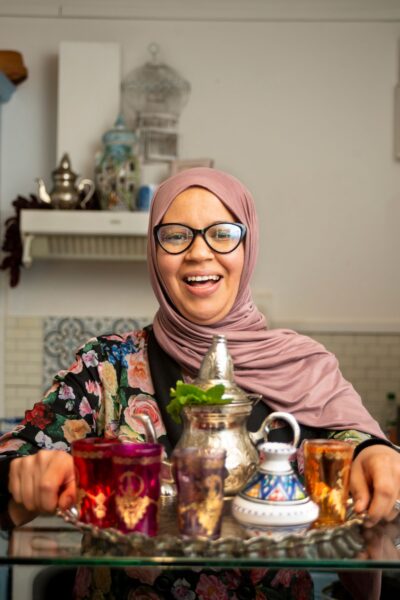The Ukrainian Club
Step inside the home of the Ukrainian community in Bradford.

Published: September 4, 2024
Meet The People of Bradford in our new digital series, created in collaboration with renowned documentary photographer Tim Smith.
Tim Smith’s photographs and creative work capture the social and cultural experiences of his subjects. In this unique series, we’re bringing together the lives and stories of real Bradford people with Tim’s captivating images.
Tim spent time in the Ukrainian Club, Bradford’s Ukrainian community centre. This story includes quotes from some of the people he met.
This is the Bradford Ukrainian Club – in their own words.
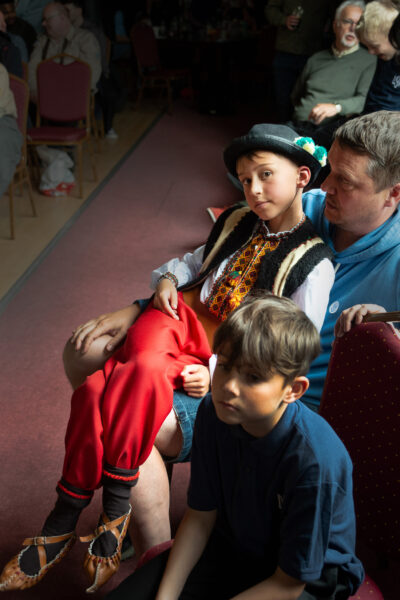
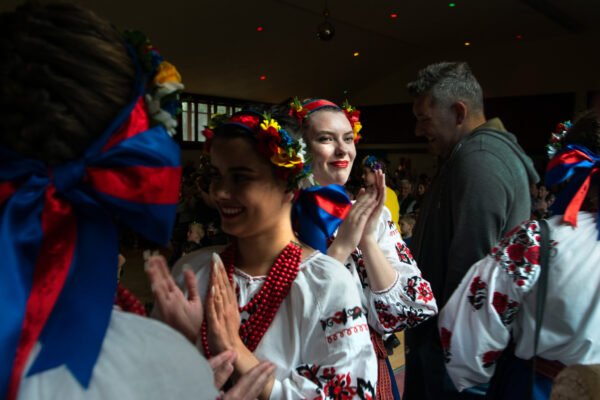

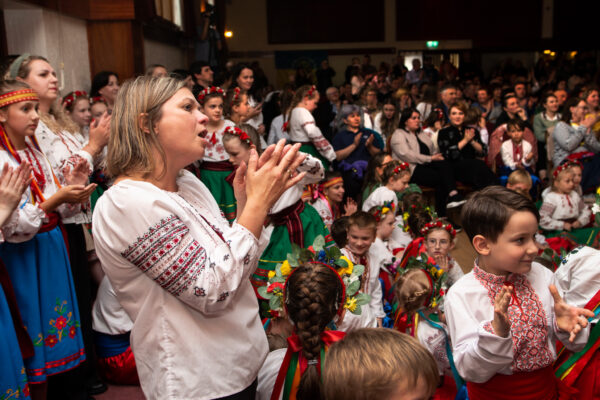
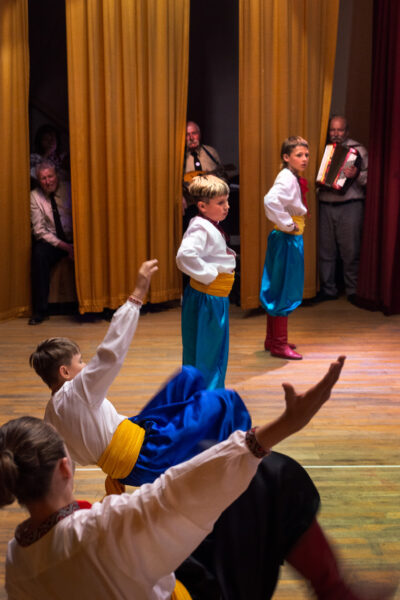
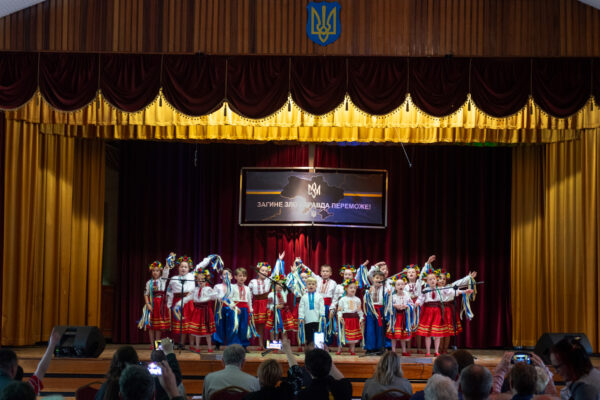
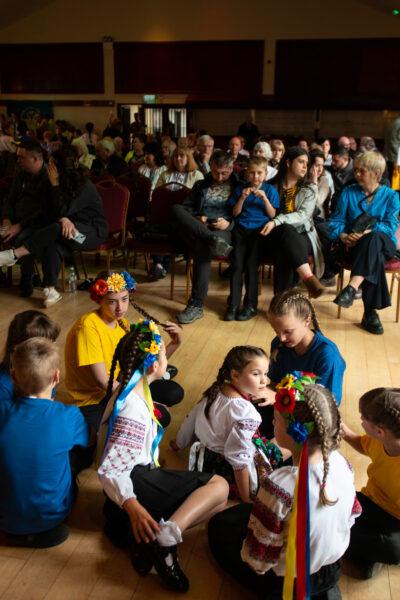
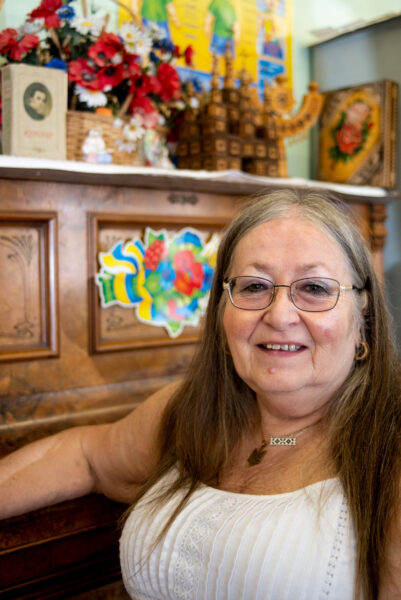
Maria Futrak
I’m very passionate about being Ukrainian.
My parents brought me up as a Ukrainian. I couldn’t speak English until I was five, and when I went to school it was difficult to learn English, but we did. It’s just my passion, as is dancing. I love dancing.
I started doing ballet when I was 11 at St Joseph’s College in Bradford, and then I started doing Ukrainian dancing from when I was 14. I danced on TV – I was on Opportunity Knocks.
Later I went to teacher training college and came back here to help with teaching dancing, and I still do it now. It’s because my parents were Ukrainian and I want to keep Ukrainian culture going.
It’s important. You have to push yourself so that people know who you are. I was born in Britain, I’m British but I still feel I’m Ukrainian. I call myself English Ukrainian. And I do tell people where I’m from. I’m proud of being from Bradford. I’m proud of being Ukrainian.
When I went to school there were Ukrainian girls, Polish girls. I was among Jamaicans. There weren’t many Indians or Pakistanis when I was young – that came later. I lived on Lumb Lane and in that area there used to be the Latvian Club, the Lithuanian Club, Ukrainain, Estonian – all different cultures. We used to have concerts, beauty pageants and I was in Miss Ukraine Bradford. I didn’t win – I came third!
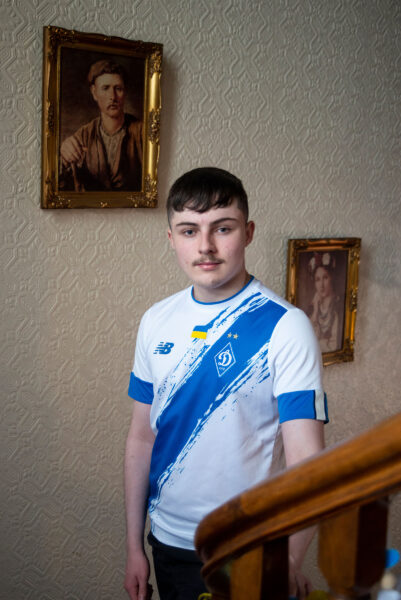
Luca Padgett
I’m from Queensbury. I’ve lived here all my life. We’re here in the Ukie Club in Bradford, I’ve been coming here since I was five, six, starting off going to Ukrainian school myself. When I turned eight or nine I started doing dance. I guess you could call this place my second home. I’m here two or three days a week, every week for the past 10 years. Every Saturday I help out at the school.
A building is only a building. It’s the people inside it that make you feel comfortable. From the cooks in the kitchen to to the staff around, it’s a really good sense of community and togetherness. You can come from any part of Ukraine, or any part of Bradford, and you’ll know that you’re be welcome here – that you’re one of us, that you’re part of the community.
Bradford is a very diverse place. It’s got a lot of cultures from a lot of different nations. We all just fit in. We’ve been here over 70 years, we’ve definitely secured our place here, and this is our little plot of land where people can come and feel comfortable in their own culture. Different parts of Bradford, different postcodes, you have different people in different areas. This part of Bradford is where a little part of Ukraine is.
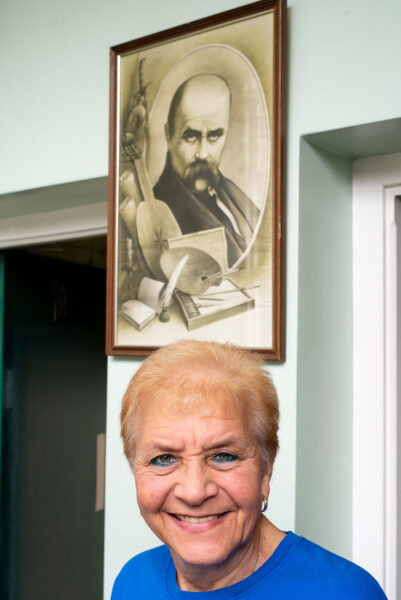
Maria Danylczuk
Last year the Ukrainian School in Bradford celebrated 70 years since it was started in 1953. Our parents sent us every Saturday to learn to read and write. We’d also learn about the history of Ukraine and its geography and literature, and it’s wonderful that we can still continue with it.
Language is culture. That’s what our parents wanted: they wanted us to learn their culture so that we could pass it down through the generations. That’s what we hope we’re doing. But it’s very different now. It used to be all done in Ukrainian, no English at all, but now we just try our best.
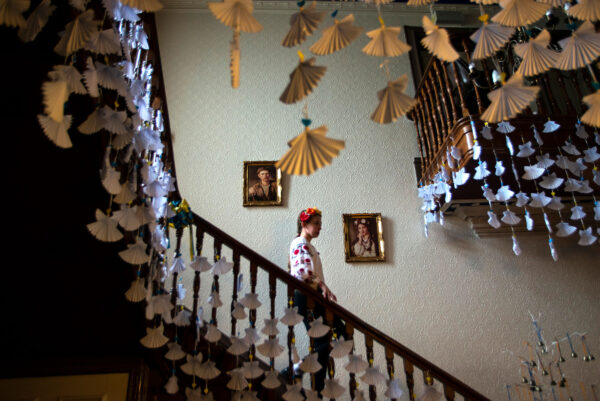
Culture is about keeping up with traditions. Living here, everything is British, but you’ve still got your own identity. You can come to the club here and you can make Ukrainian food, and it feels like home because you’re all dong the same thing. It’s your home. It’s your culture. It’s lovely to have that as well as living your English life. It’s double! It’s marvellous!
In the 1970s, people didn’t know much about Ukraine then, and when they saw the costumes and what dance moves we did they were just so taken aback. They loved it, and that way you could explain who you were and where this culture had come from.
